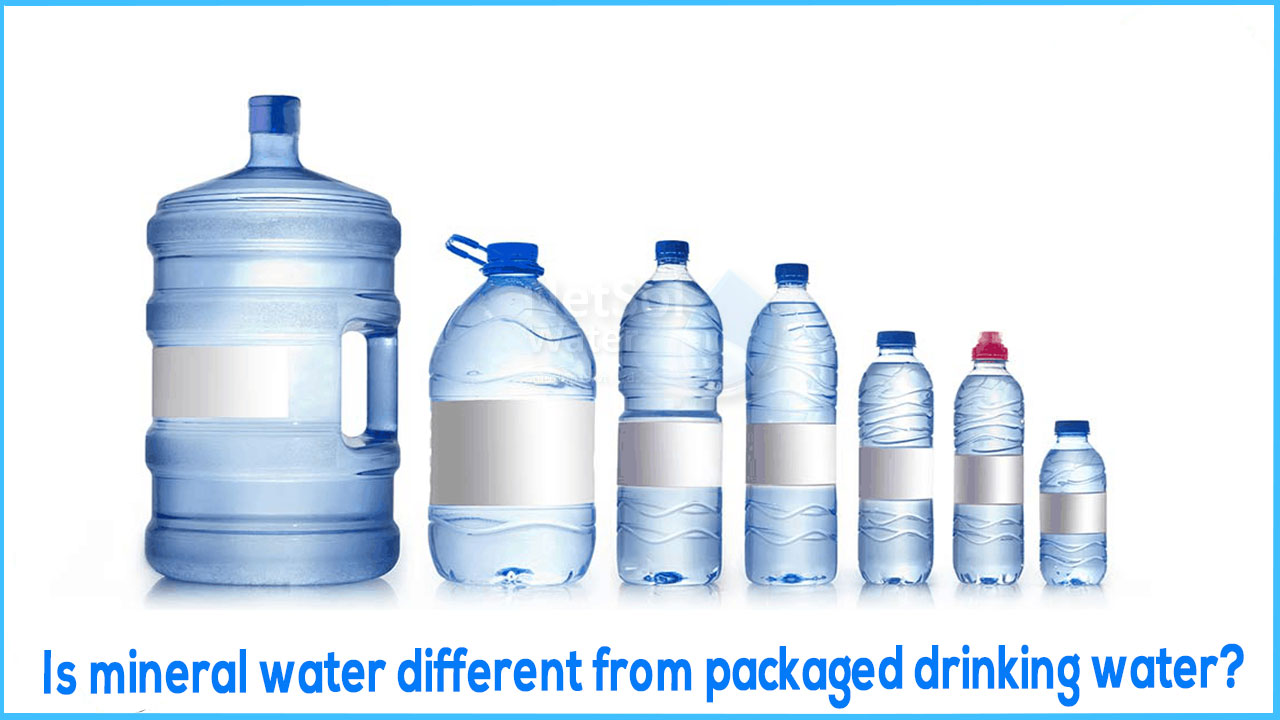Water, like air, is a vital component that all living things, including humans, animals, and plants, require to thrive. Water is, without a doubt, vital to existence. There will be no life at all without it. Gone are the days when we could drink directly from a natural water spout or from faucets without fear of contracting a water-borne illness. Tap water is no longer safe to drink as a result of industrialization and pollution. That is why, although being more expensive than tap water, many people in India and other areas of the world prefer to drink packaged drinking water or mineral water.
PACKAGED DRINKING WATER
Packed drinking water is water that has been cleaned and disinfected in some way, such as through filtration, UV or ozone treatment, or reverse osmosis (RO), and then packaged in plastic or glass bottles or pouches for our use. Packaged drinking water is water that has undergone a distillation process and has been sourced from a spring, well, or drilled water source by a packaged drinking water facility. The water is then packaged in either plastic or glass water bottles and sealed, ensuring that it is extremely potable and safe to drink.
MINERAL WATER
Mineral water is a type of drinking water that contains minerals as well as other dissolved substances such as gases, sulphur compounds, and salts. It may comprise natural or synthetic minerals that have been added to the water using drops of balance. Mineral water is derived from natural underground reservoirs and mineral springs, and it contains more minerals than tap water.
Mineral water must have at least 250 parts per million of total dissolved solids, according to the Food and Drug Administration (FDA). Minerals are not allowed to be added to these goods by the FDA.
DIFFERENCES BETWEEN PACKAGED DRINKING WATER AND MINERAL WATER
- 1. TASTE: The mineral water has a flavor that is distinct from that of commercial drinking water. Mineral water has a taste that is similar to that of fresh natural water due to its mineral content. The flavor of packaged drinking water, on the other hand, can vary depending on the quality of its source, treatment process, and natural mineral content. In most circumstances, though, packaged mineral water tastes identical to tap water.
- 2. FILTRATION AND TREATMENT: To eliminate microbiological dangers, bottled water plants use a variety of treatment processes. Electromagnetic radiation, purifying processes such as water distillation, filtration, and sedimentation, chemical processes such as chlorination and flocculation, and biological processes are all examples of these procedures. Mineral water undergoes a natural filtering and coagulation process. Aluminum sulphate or other sulphate minerals are used to treat it. The bottled drinking water, on the other hand, is chemically filtered and treated, most commonly through chlorination.
- 3. COST:In order to thoroughly remove all contaminants from packaged drinking water, it normally goes through a variety of steps. This is why, as compared to artificially treated bottled mineral water and tap water, it is more expensive. Packaged water RO plant costs are also greater than mineral water RO plant costs.Mineral water, on the other hand, is less expensive than packaged drinking water, whether it is naturally or artificially treated.




